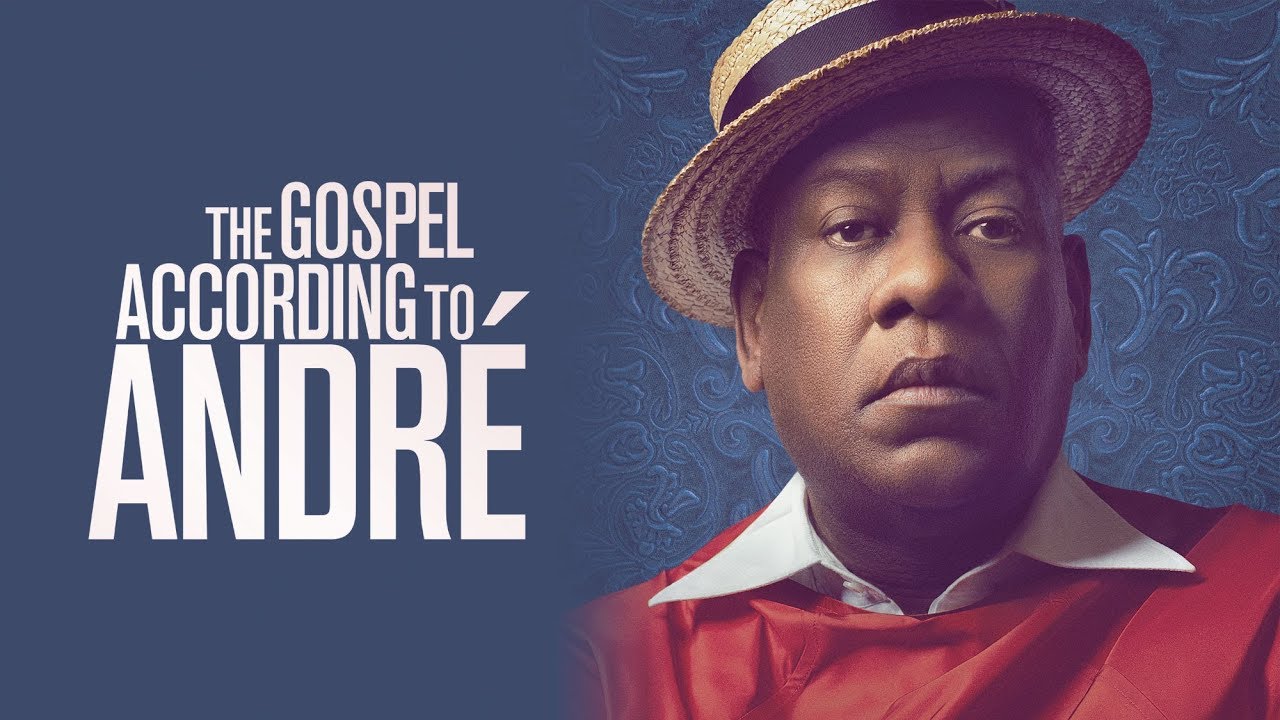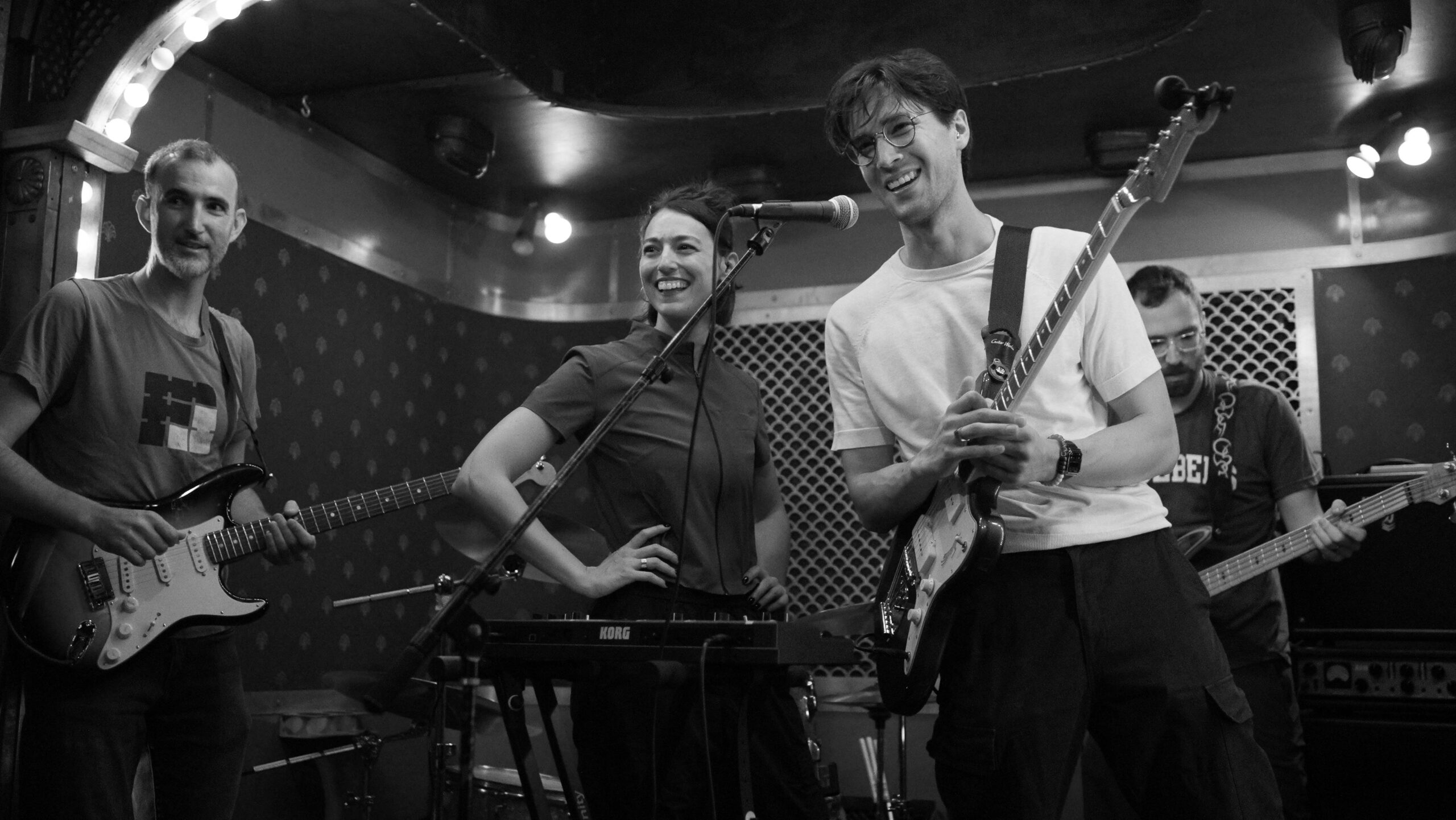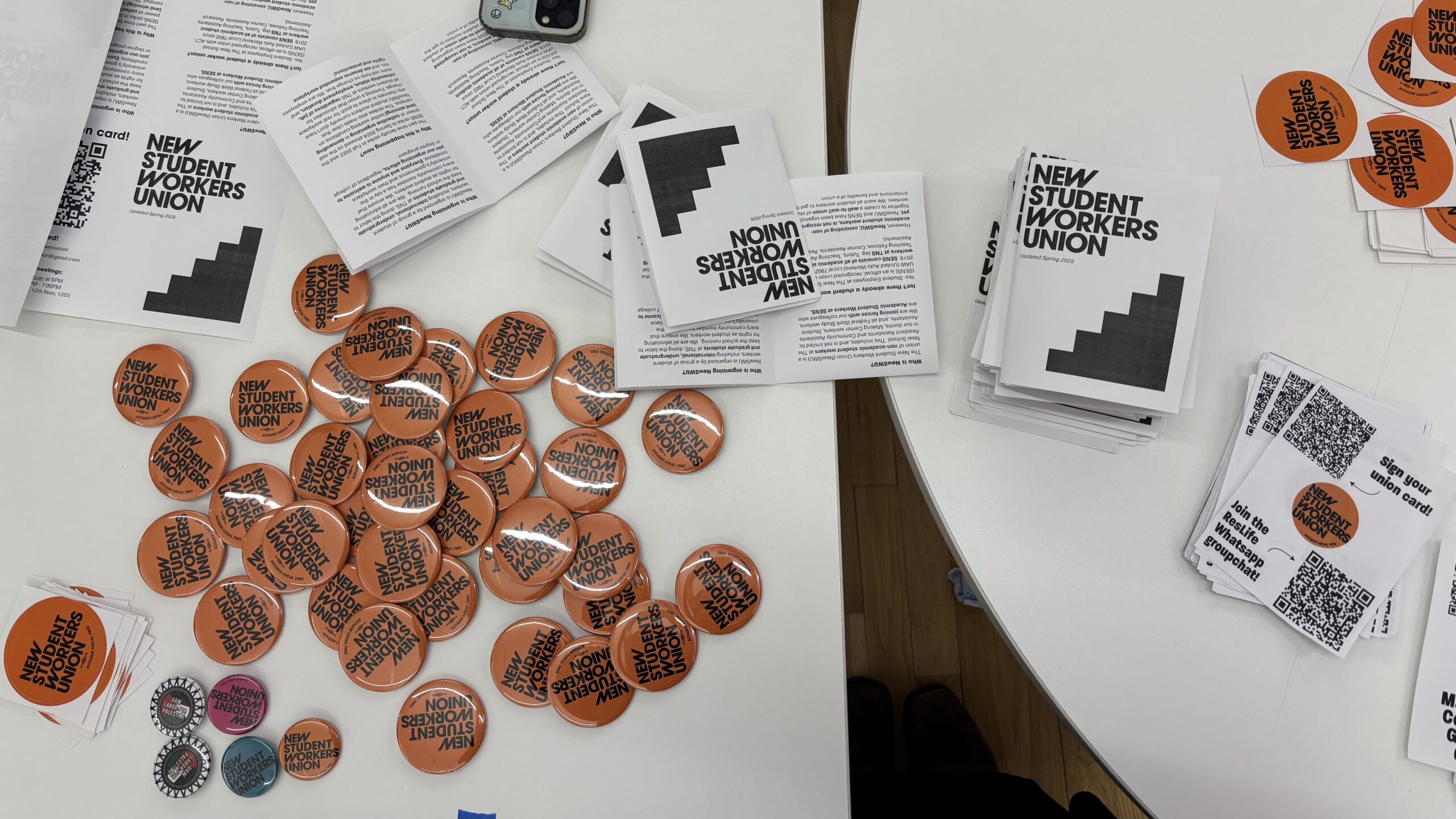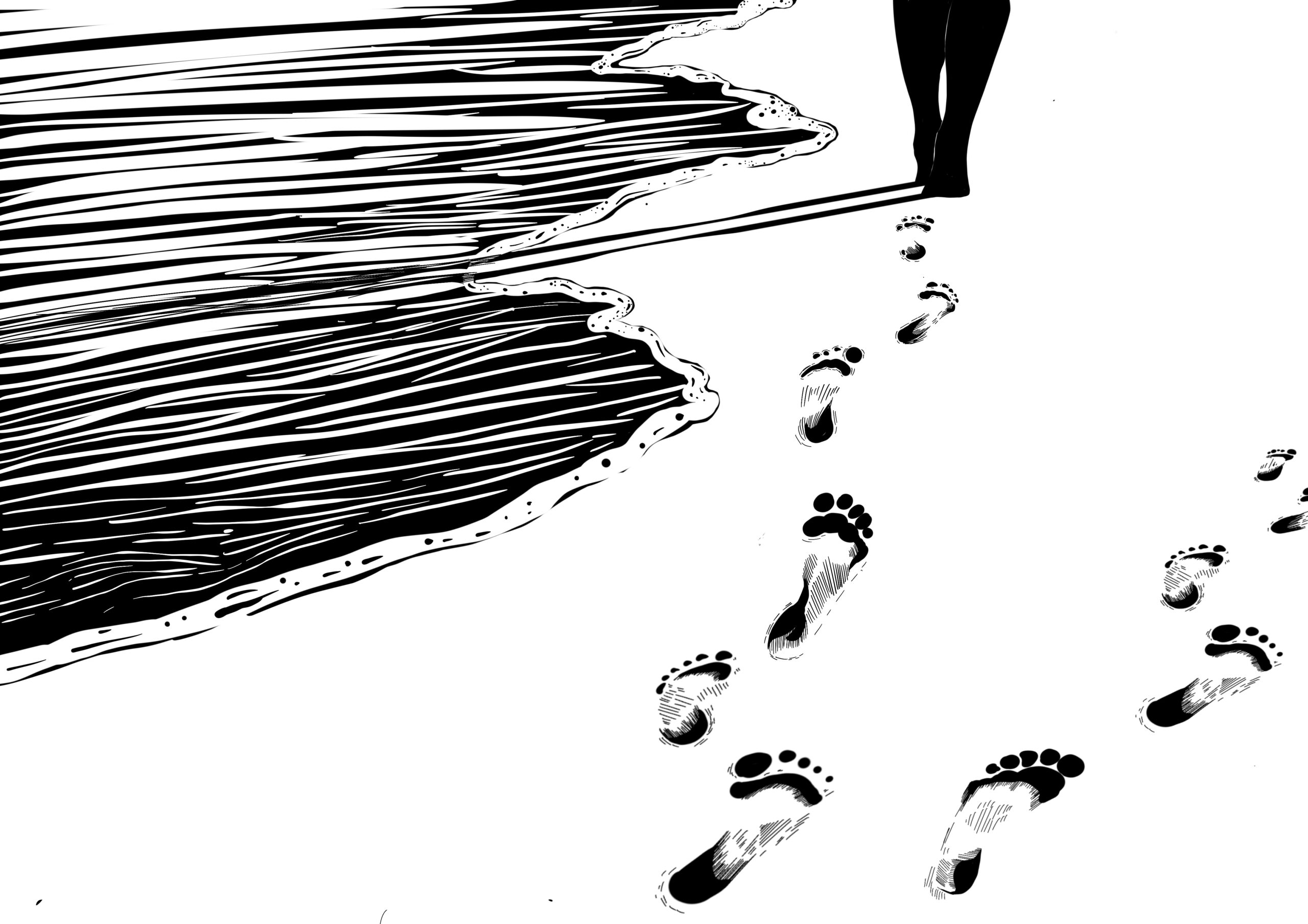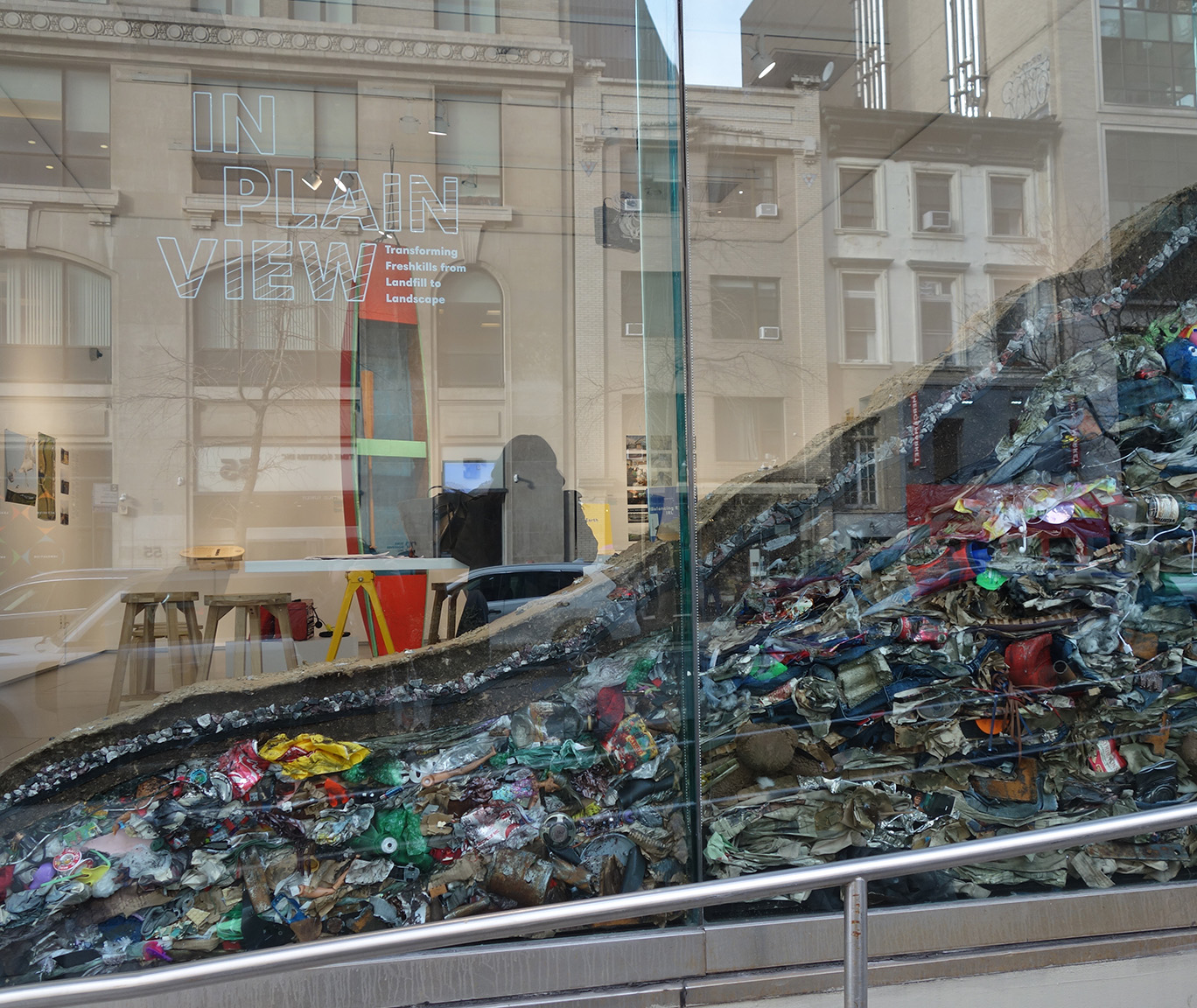“Vogue is not the kind of place where you sit around and discuss, ‘Well, how are we going to include the Black models?’ ‘How are we going to include the Indian models?’” said seasoned fashion editor, André Leon Talley at a Q&A, after a screening of his film at Parsons.
To coincide with the exhibition Fashion and Race: Deconstructing Ideas, Reconstructing Identities, which invited viewers to “consider the ways in which race has affected the fashion system in terms of visibility, aesthetics and power,” the former Vogue editor-at-large came to speak at Parsons after a screening of his biopic, The Gospel According to André.
After the film rolled its end credits, Kimberly M. Jenkins, who curated the exhibit and created The New School course called “Fashion and Race,” told the packed auditorium that Mr. Talley had requested that no photos be taken of him before, during or after the Q&A; he was “simply not in the mood,” she said. Then, she introduced the director, Kate Novack, and the film’s subject, the 6-foot-6 Talley, dressed in a black kaftan. There was a standing ovation the moment they entered the room. Jenkins attempted to moderate questions from the audience, but Talley took the reins and decided he would choose who asked questions by surveying the attendees himself.
One of the most serendipitous comments came from an African-American woman named Sandi Bass, who, Talley told the audience, was a favorite model of Hubert de Givenchy’s in the ‘80s.
“I want to thank you so much for who you are, what you stood for, because I was there, and I know how hard it was,” said Bass to Talley.
Their short, public reunion—over microphones and a shallow sea of curious heads—was the type of scene that could only happen in a fashion capital.
“Hubert de Givenchy dared to have an all Black cabine—all black models. You know, Paris embraced all the models,” said Talley. “This was a breakout moment in fashion. We created fashion history, and someone reminded me that I didn’t talk about that because I didn’t think about making history. I went to work.”
But Talley didn’t embrace every comment in the room. When an audience member said that ‘80s Harlem designer Dapper Dan, famous for covering garments in luxury logos and selling them to members of the burgeoning hip-hop community, should have been written about in Vogue earlier, Talley was curt.
“Because things happen in life when they’re supposed to happen,” he said. If Gucci hadn’t riffed on Dan’s work and then been criticized on social media for it, Talley added, Dan wouldn’t have gotten a deal with the Italian fashion house.
Despite the reasons Vogue may not have written about Dan’s birthing of logomania, Talley was a crucial part of bringing in other new, fresh voices to the magazine. He told the audience that, when he was working at Vogue in the 1980s, he would judge vogue balls, where young, queer kids who were disenfranchised would walk, pose, spin and express themselves. Many later died from AIDS, Talley said. He brought that information to Wintour, who told Talley to go and produce a photo shoot of it, and it was published in the magazine.
“That’s important to know. I register that in Vogue, and I was there to do that at that time,” said Talley.
Hearing Talley speak made it clear that there is no more important time for a Black fashion voice—raised in the segregated South, who endured indirect racism from Parisienne couture house employees and trade publications in the late 20th century—to speak on the amount of diversity in the pages of Vogue and in the industry thus far.
Vogue continues to make mistakes on casting and styling with regards to cultural appropriation; the most recent was Kendall Jenner’s curled and teased hair into an “afro,” which appeared in a photo posted on the magazine’s Instagram account to honor the Council of Fashion Designers of America and Vogue Fashion Fund. The magazine later apologized “if it came across differently than intended,” in a statement to E! News.
Still, Talley made the point that if diversity is lacking in the pages of Vogue right now, there will be more and more of it with time. He said that things are done more quietly behind the scenes, but strides have been taken. Take this year’s Beyoncé’s September issue cover as an example; the star was shot by 23 year old Tyler Mitchell, who is the first Black photographer to shoot a Vogue cover.
A little after 10 p.m., staff needed to collect microphones because the building was closing. Clearly enjoying the crowd, Talley told the audience that the talking could continue without the mics. He only took offense when he was reminded that the building closing meant the audience and he, himself, had to leave.

